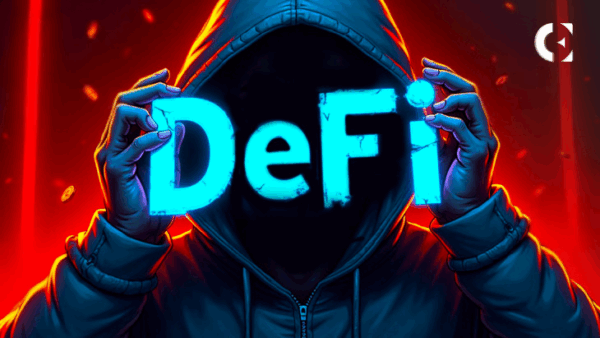- A market attacker inflicted a $4.9 million loss on Hyperliquid’s HLP fund through a POPCAT price manipulation.
- The attack was “loss-leading,” as the attacker was fully liquidated, losing their entire $3 million in collateral in the process.
- The manipulation involved creating a $20 million “illusory” buy wall to inflate the price before canceling it to trigger a liquidity collapse.
A new, bizarre form of market attack has been identified on the Hyperliquid derivatives platform. Lookonchain reports that an attacker intentionally lost $3 million in collateral to inflict a $4.9 million loss on the Hyperliquidity Provider (HLP) fund via a POPCAT manipulation.
Related: Crypto Investigator ZachXBT Warns of a Fake Hyperliquid App on Google Play Store
The Mechanics: A $20M ‘Illusory’ Buy Wall
The attack was a complex, multi-step manipulation.
Lookonchain data shows the attacker first withdrew 3 million USDC from OKX on Wednesday, November 12. This capital was then split across 19 different wallets and deposited into Hyperliquid.
Once funded, the attacker opened 125.14 million POPCAT long positions, valued at $26.28 million.
To create an “illusion of strong demand,” the attacker then placed a massive, $20 million buy wall near the $0.21 price level. This action triggered a significant, artificial inflation of POPCAT’s price. The attacker then canceled the buy wall, triggering a liquidity collapse and mass liquidations.
The HLP fund was forced to absorb these toxic positions, resulting in a $4.9 million loss. The attacker’s entire $3 million in staked collateral was wiped out in the process. This indicates the attacker did not aim for profit, but rather to “nuke liquidity” by intentionally burning their own capital.
‘Peak Degen Warfare’: A $3M Loss for $4.9M in Damages
The incident has sparked confusion among the Hyperliquid community, with many questioning the motive. One market participant described the episode as “peak degen warfare.” He noted it was a classic case of “manufactured demand illusion followed by a flush.”
Another user described the POPCAT blowout as a “masterclass in self-destruction disguised as genius.” He suggested the attacker was “engulfed by their ego,” forgetting that the attack could backfire.
This perspective suggests the attacker was not seeking profit. Instead, they were likely “clout chasing,” willing to pay $3 million to inflict damage and prove a point, without realizing the full cost to themselves.
Related: Stress-Tested and Survived: Hyperliquid Endures $64M Wipeout During Flash Crash
Disclaimer: The information presented in this article is for informational and educational purposes only. The article does not constitute financial advice or advice of any kind. Coin Edition is not responsible for any losses incurred as a result of the utilization of content, products, or services mentioned. Readers are advised to exercise caution before taking any action related to the company.







